Catnip
$4.49
Nepeta Cataria
- Seed count 400
- Medicinal Herb
- Perennial
In stock
Description
Traditionally Catnip was used for respiratory conditions, colds and flus. Its relaxant effect is useful for easing tension headaches, digestive problems and menstrual cramps. It has an unusual effect on cats making them both playful and sleepy.
The fragrant grey-green leaves have a mild mint flavour with a hint of citrus and the leaves can be used fresh or dried. Perfect to make a wind down tea with at the end of the day.
Native to Europe and Asia, it has adapted well to Australian conditions. In cooler climates you can plant Catnip in full sun, but opt for part shade in areas where it is hot and humid. It is a drought tolerant plant preferring drier soils.
This attractive perennial looks wonderful when covered in flower from early summer. The pale, lavender-blue flowers perfectly complement the hairy, scalloped and wrinkled, silvery, blue-green leaves.
From afar the flowers appear as a haze of blue. After the first flower bloom, snip the flower spikes back to encourage a second bloom period.
It is a magnet for butterflies, hummingbirds and especially bees.
| Method: Raise Seedlingd | Soil Temp: 21°C - 24°C |
| Cool Mountain: Sep - Dec | Position: Full sun |
| Arid: Jun, Jul/Apr, May | Row Spacing: 30 cm |
| Temperate: Aug, Nov/Mar, Jun | Planting Depth: 1 mm |
| Sub Tropical: Aug, Nov/Mar, Jun | Harvest: 90 days |
| Tropical: Apr - Jul | Plant Height: 150 cm |
Climate and Growing Conditions
Catnip thrives in temperate climates but can adapt to a range of conditions.
Temperature:
- 15–25°C ideal range
- In hotter areas, consider growing it in pots and moving it into a shadier spot during summer.
Sunlight:
- Full sun to partial shade (at least 6 hours of sunlight daily).
Frost Tolerance:
- Catnip can tolerate light frost but may struggle in very cold regions.
- In cooler areas, consider growing it in pots and moving it indoors during winter.
Preparing the Soil
Catnip prefers well-draining soil with a neutral to slightly alkaline pH (6.0–7.5).
Soil Type:
- Sandy loam or loamy soil is ideal. If your soil is heavy clay, amend it with compost or sand to improve drainage.
pH Level:
- Test the soil pH and adjust if necessary.
- Add lime to raise pH or sulphur to lower it.
Organic Matter:
- Mix in compost or well-rotted manure to enrich the soil.
Sowing Catnip Seeds
Direct Sowing:
- Choose a sunny spot in your garden.
- Scatter the seeds lightly over the soil surface.
- Cover the seeds with a thin layer of soil (about 1 mm deep).
- Water gently to avoid displacing the seeds.
- Space plants 30 cm apart to allow for growth.
Starting Seeds Indoors:
- Fill seed trays or small pots with seed raising mix.
- Sow 2–3 seeds per cell or pot, covering lightly with 1 mm soil.
- Water gently and place in a warm, sunny location (or under grow lights).
- Seeds typically germinate in 7–14 days.
- Transplant seedlings outdoors once they are 5–7 cm tall and the risk of frost has passed.
Watering and Care
Watering:
- Keep the soil consistently moist but not waterlogged.
- Water when the top 2–3 cm of soil feels dry.
Mulching:
- Apply a layer of mulch around the plants to retain moisture and suppress weeds.
Fertilising:
- Catnip doesn’t require heavy feeding.
- Apply a balanced, slow-release fertiliser once or twice during the growing season.
Pruning and Maintenance
Pruning:
- Regularly trim the plant to encourage bushier growth and prevent it from becoming leggy.
- Pinch off the tips of young plants to promote branching.
Deadheading:
- Remove spent flowers to prevent self-seeding and encourage more leaf growth.
Pests and Diseases:
- Catnip is relatively pest resistant but can occasionally attract aphids or spider mites.
- Use insecticidal soap or neem oil if needed.
Harvesting Catnip
When to Harvest:
- Harvest leaves and stems just before the plant flowers for the highest concentration of essential oils.
How to Harvest:
- Cut stems about 5–10 cm above the ground.
- You can harvest multiple times during the growing season.
Drying:
- Hang stems upside down in a cool, dry, well-ventilated area.
- Once dry, store leaves in an airtight container away from light and moisture.
Growing Catnip in Pots
Catnip grows well in containers, making it ideal for balconies or small spaces.
- Use a pot at least 20–30 cm deep with drainage holes.
- Fill with a high-quality potting mix.
- Place the pot in a sunny location and water regularly.
Common Problems and Solutions
Leggy Growth:
- Caused by insufficient light.
- Move the plant to a sunnier spot or prune regularly.
Yellowing Leaves:
- Overwatering or poor drainage.
- Ensure the soil drains well and reduce watering.
Self Seeding:
- Catnip can spread quickly if not managed.
- Remove flowers before they set seed if you want to control its spread.
Order Times
Seed orders are normally dispatched within three business days. You will receive an email when seeds are mailed out.
Postage Days
Seeds are mailed out Monday to Friday at 1pm. Except for the Friday of long weekends.
Postage Times
WA 2-3 Days: SA,NT 3-5 Days: NSW, ACT, QLD, VIC: 5-7 Days
Carrier
We use Australia Post Letter Postage for the majority of orders
Not only are our seeds packed in recycled paper envelopes, we keep the theme going when we post out website orders. To protect your seeds from moisture and the letter box munchers (snails), we use a very special plastic free material made from plants. They are then put into recycled mailing envelopes. Green all the way 💚🌿

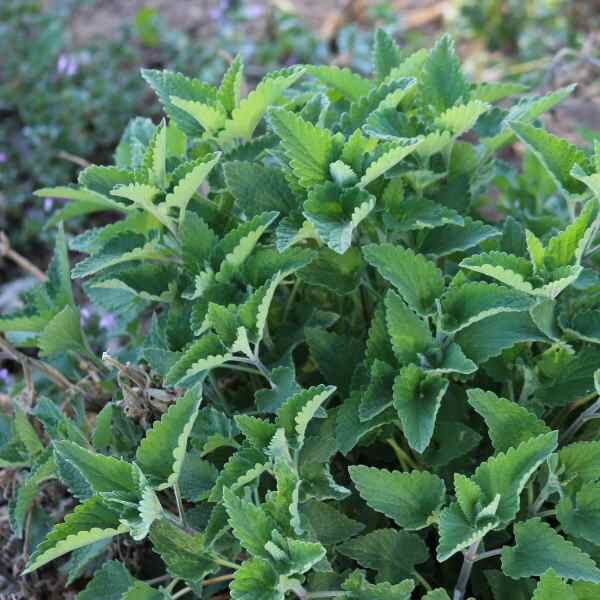



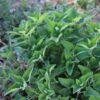






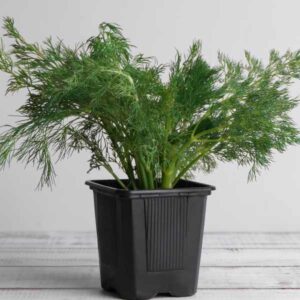

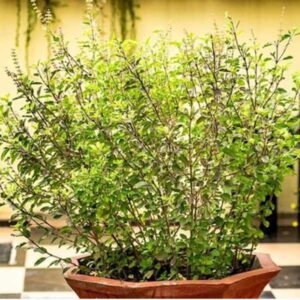
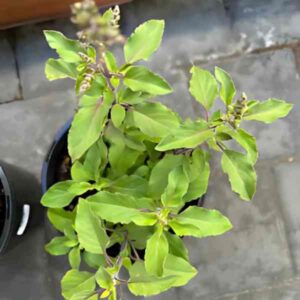
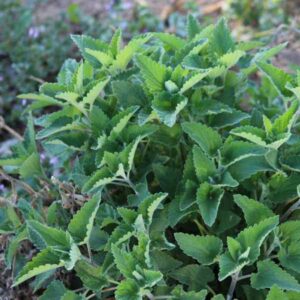
Haven’t planted as I’m moving house